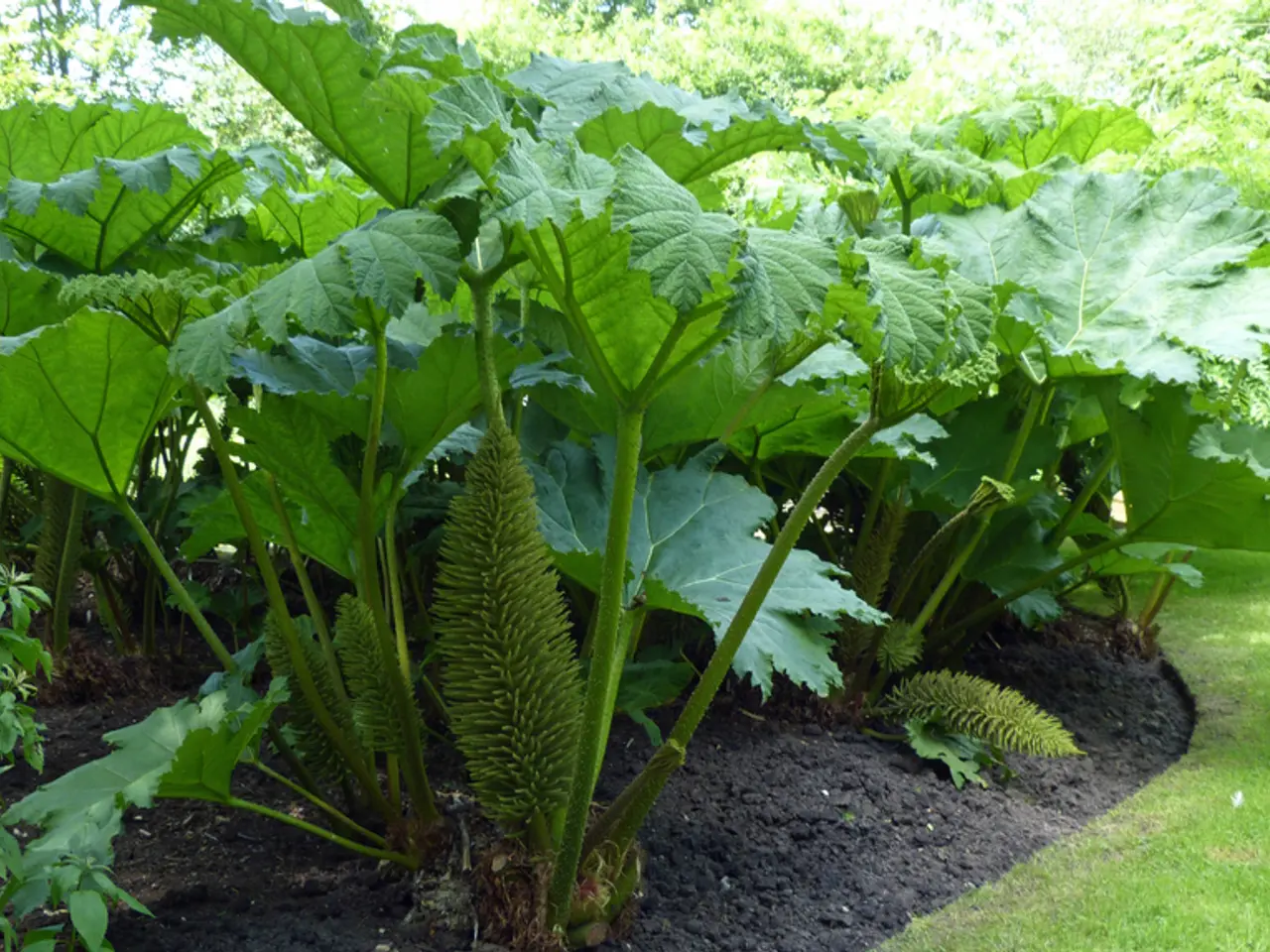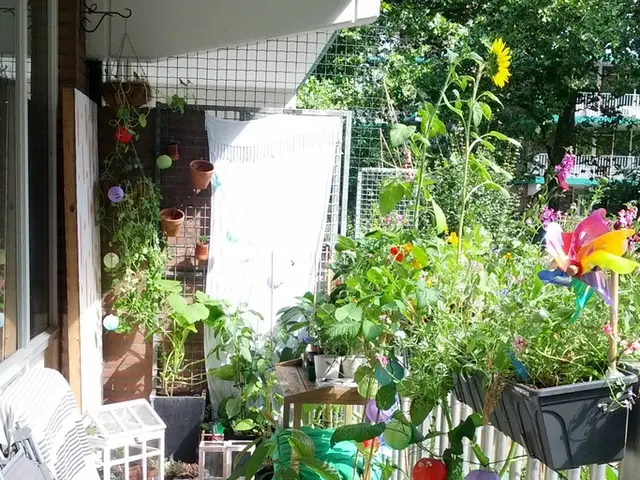Mutual Interdependence of Soil Creatures and Vegetation
In the intricate web of life, soil organisms play a pivotal role in supporting plant growth and health, contributing to sustainable agriculture. These microscopic helpers make essential nutrients available to plants, promote disease resistance, improve stress tolerance, and maintain ecosystem functions.
Beneficial microbes, such as Bacillus species and Trichoderma atroviride, reside in the rhizosphere – the region surrounding plant roots. These microbes solubilize essential nutrients like phosphorus, potassium, zinc, and iron, produce growth-stimulating vitamins, induce systemic resistance against pathogens, and foster a healthy microbial diversity. This collective support results in robust root and shoot development and improved plant vigor [1].
Soil organisms also contribute to broader ecosystem roles, such as carbon cycling, soil health maintenance, and disease management, which indirectly support plant productivity. Plant growth-promoting rhizobacteria (PGPR) scavenge reactive oxygen species and enhance antioxidant activities, helping plants cope with abiotic stresses like salinity and drought [4].
Environmental and agronomic factors significantly shape these plant-soil microbe interactions. Climate and soil type variations affect microbial community structure and function, influencing plant health and productivity (e.g., potato crops) [2]. Drought and salinity can alter microbial diversity and activities, disrupting beneficial interactions but also selecting for microbes that enhance plant drought tolerance and stress resilience [3][4]. Agricultural practices can modify soil microbial communities and their feedback with plants, suggesting opportunities to optimize soil-plant interactions for sustainable agriculture [2][5].
Soil organisms can also impact the nutritional value and secondary defense metabolites of plants, which can affect their attractiveness to insects. For instance, arbuscular mycorrhizal fungi (AMF) can increase nutrient levels in the phloem and affect the volatile profiles of plants [6].
In addition, soil organisms can influence aboveground plant-insect interactions. Nematodes can negatively affect the performance of sap-sucking insects by reducing the quality of the phloem, while PGPR can boost plant growth and induce systemic resistance in plants [7].
Mycorrhizae, a type of fungi, increase the absorptive surface area of plant roots, enhancing their ability to acquire phosphorus from the soil [8]. Some bacteria form symbiotic relationships with leguminous plants, converting atmospheric nitrogen into a form usable by the plant.
Different types of plant roots can help combat soil compaction and erosion, contributing to the development of a healthy soil structure. Roots create pore spaces in the soil, improving aeration and providing channels for water movement.
However, the effects of soil organisms on plant-insect interactions can vary depending on the methodology used in field studies [9]. It is crucial to continue researching these interactions to fully understand their impact on sustainable agriculture.
In conclusion, soil organisms are essential partners in promoting plant growth and health, and their influence extends beyond nutrient availability to disease resistance, stress tolerance, and even aboveground plant-insect interactions. Understanding and optimising these interactions can lead to more sustainable and productive agricultural practices.
References:
[1] Djordjevic, S., et al. (2015). Plant growth-promoting rhizobacteria: mechanisms and applications. Frontiers in Microbiology, 6, 395.
[2] López-Bucio, M. A., et al. (2015). Microbial diversity and community structure in soil under different agroecosystems. Journal of Microbiology, 53(3), 255-266.
[3] Reddy, K. P., et al. (2004). Molecular mechanisms of plant responses to drought stress. Plant Signaling & Behavior, 1(1), 1-12.
[4] Sarma, P., & Sarma, V. V. (2014). Plant growth-promoting rhizobacteria and drought stress tolerance in plants. Journal of Microbiology, 52(3), 129-140.
[5] Wander, M. R., et al. (2014). Soil microbial responses to land management and climate change. Nature Reviews Microbiology, 12(8), 532-546.
[6] Hammer, K. A., et al. (2010). Arbuscular mycorrhizal fungi and plant volatile emissions. New Phytologist, 186(2), 379-390.
[7] Kloepper, J. W., et al. (1980). Plant growth-promoting rhizobacteria: a review of the literature. Phytopathology, 70(1), 1-12.
[8] Smith, D. L., & Read, D. J. (2008). Mycorrhizal associations with crop plants. Annual Review of Plant Biology, 59, 515-538.
[9] van der Heijden, M. G. A., et al. (1998). Effects of arbuscular mycorrhizal fungi on the performance of plants grown under field conditions. Nature, 393(6684), 641-643.
- Incorporating scientific understanding of soil health, specifically plant growth-promoting rhizobacteria (PGPR), can help optimize agricultural practices to improve plant vigor and cope with climate-change-related abiotic stresses like salinity and drought.
- Climate-change variations influence microbial community structure and function in soil, which has direct implications for environmental-science aspects such as soil health maintenance and disease management, and indirect effects on sustainable agriculture.
- By fostering a healthy microbial diversity in home-and-garden soil through practices like composting and gardening with climate-resilient plants, one can enhance soil health and promote the production of nutrients vital for plant growth, thus contributing to a sustainable lifestyle.





